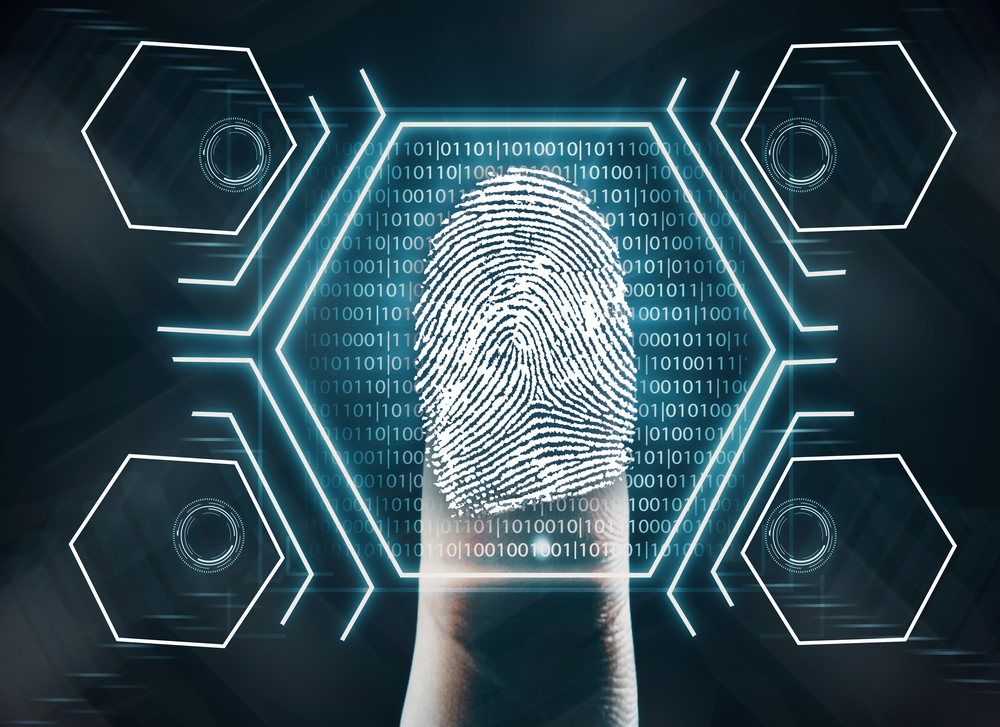The Future of Biometric Authentication in Data Security
Biometric Authentication in Data Security: As technology continues to evolve, so does the need for advanced security measures to protect sensitive data. One of the most promising advancements in this area is biometric authentication. Unlike traditional methods, such as passwords or PINs, biometric authentication relies on unique physical characteristics, like fingerprints, facial recognition, or voice patterns, to verify a user’s identity. This approach offers a higher level of security and is becoming increasingly popular across various industries. But what does the future hold for biometric authentication in data security?
The Rise of Biometric Authentication
Biometric authentication has already made significant strides in various sectors. From unlocking smartphones with fingerprints to secure banking transactions using facial recognition, biometrics are becoming an integral part of our daily lives. The primary reason for this shift is the inherent security that biometric data offers. Unlike passwords, which can be easily forgotten, stolen, or hacked, biometric traits are unique to each individual and difficult to replicate.

Advantages of Biometric Authentication in Data Security
1. Enhanced Security
The most significant advantage of biometric authentication is its enhanced security. Biometric data is unique to each individual, making it extremely difficult for cybercriminals to duplicate or hack. This provides a much higher level of security compared to traditional authentication methods.
2. Convenience
Biometric authentication also offers unparalleled convenience. Users no longer need to remember complex passwords or carry physical tokens for access. A quick scan of a fingerprint or face is all it takes to gain access, making the user experience seamless and efficient.
3. Reduction in Fraud
As biometric data is unique to each person, it greatly reduces the risk of identity fraud. Financial institutions, in particular, are increasingly adopting biometric authentication to prevent fraudulent transactions and ensure that only the authorized individual can access sensitive financial information.
Challenges and Concerns
While biometric authentication offers numerous benefits, it is not without its challenges. One of the primary concerns is privacy. The collection and storage of biometric data raise questions about how this data is protected and who has access to it. Unlike passwords, biometric data cannot be changed if compromised, making it crucial to implement robust security measures to safeguard this information.
Another challenge is the potential for false positives or negatives in biometric authentication systems. While the technology has improved significantly, there is still a margin of error that can result in unauthorized access or denial of access to legitimate users.
The Role of AI in Biometric Authentication in Data Security
Artificial intelligence (AI) is expected to play a pivotal role in the future of biometric authentication. AI algorithms can enhance the accuracy and reliability of biometric systems by continuously learning and adapting to changes in a user’s biometric data. For instance, AI can account for aging, changes in facial features, or variations in voice patterns, ensuring that the authentication process remains accurate over time.
AI can also help in detecting and preventing fraudulent activities by identifying unusual patterns or behaviors in biometric data. This added layer of security can significantly reduce the risk of biometric data being compromised or misused.
The Integration of Biometric Authentication in IoT
The Internet of Things (IoT) is another area where biometric authentication is expected to have a significant impact. As more devices become interconnected, securing these devices becomes a critical concern. Biometric authentication can provide a secure and convenient way to control access to IoT devices, ensuring that only authorized users can interact with them.
For example, smart home systems can use facial recognition to grant access to different areas of the house, while wearable devices can use biometric data to authenticate users before granting access to sensitive health information.
The Future of Biometric Authentication
The future of biometric authentication in data security looks promising, with continuous advancements in technology and growing adoption across various industries. As biometric systems become more sophisticated, they will likely replace traditional authentication methods altogether, offering a more secure and user-friendly alternative.
However, to fully realize the potential of Biometric Authentication in Data Security, it is essential to address the challenges associated with privacy and data protection. This will require collaboration between technology providers, regulatory bodies, and businesses to establish clear guidelines and best practices for the use and storage of biometric data.
Conclusion
Biometric authentication represents the future of data security, offering enhanced security, convenience, and fraud prevention. As the technology continues to evolve, it will become an integral part of our daily lives, providing a more secure and efficient way to protect sensitive information. However, it is crucial to address the challenges associated with privacy and data protection to ensure that biometric authentication can be implemented safely and effectively.
For more information on IT services and Biometric Authentication in Data Security solutions, visit NABCO IT Services.
Biometric Authentication in Data Security; For professional assistance with data security, contact us to ensure your organization is protected with the latest security measures.
Read more related articles to enhance your knowledge
What is Data Security? The Ultimate Guide
Why Data Security Matters: Protecting Your Information in a Digital World



